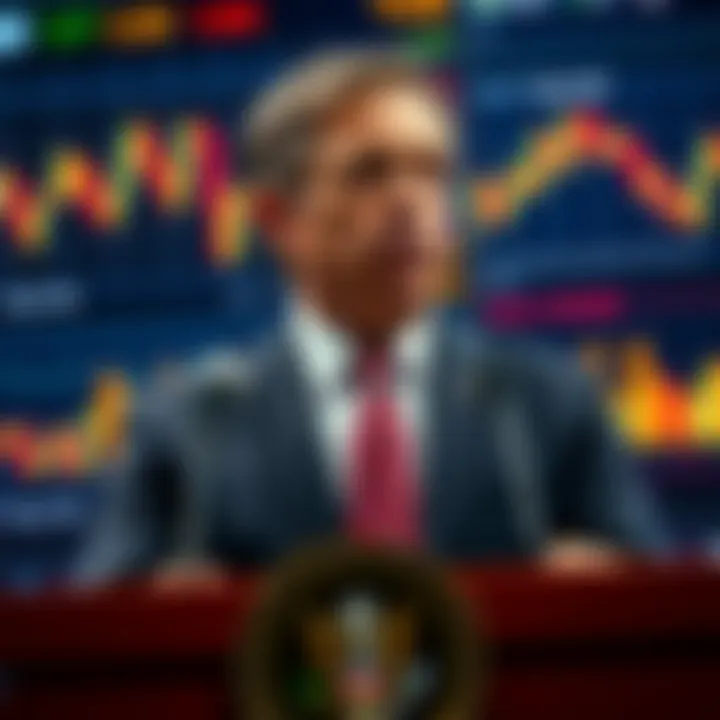Powell's Announcement | Quantitative Tightening Ends Dec. 1 & Printing Money Implications
Edited By
Benjamin Turner

Federal Reserve Chair Jerome Powell has confirmed the end of quantitative tightening (QT) on December 1. This shift raises questions about the potential for quantitative easing (QE) and the implications for markets as 2025 progresses. Banks are also set to introduce new regulations for cryptocurrencies in 2026, as industry adoption continues.
Context Behind the Announcement
Powell's declaration has sparked mixed reactions among people discussing the economic landscape on various forums. While some see a hopeful future, citing the possibility of QE, others express skepticism.
"QT ending doesn’t necessarily mean QE starting," one person noted, highlighting the uncertainty surrounding this shift.
Concerns arise that the end of tightening could signal market downturns. An analysis of past market behaviors shows that when QT stops, it often marks the beginning of bear markets.
Dissecting the Market Sentiments
The sentiment around Powell’s announcement is divided:
Uncertain Optimism: Many hope that easing could boost the market. "The market lost value at the end of QT until QE starts," someone remarked, indicating that rallies often follow QE initiatives.
Skepticism Remains: The skeptical crowd emphasizes that just because QT ends does not guarantee immediate easing. "No one on the Fed said anything about QE," another commentator added.
Awareness of History: Users are calling to recall past trends: "QT usually ends because the economy is weakening. Look at the historical timeline of QT/QE shifts and Bitcoin’s response."
Key Insights
🚫 Caution Advised: Analysts are recommending mental preparedness, with one stating, "Based on the charts in the past, ‘26 will most likely be a bear market."
💰 Potential Ballpark Start for QE: QE might begin in late Q1 or early Q2, but predictions are uncertain. "Stocks should keep rallying," one user commented.
🔄 The Market Psychology: Anticipation might have created recent market gains before QT ends.
Interestingly, the conversations indicate a broader recognition of the potential ripple effects of these policies. As people brace for volatility, they wonder: Is the upcoming monetary policy shift truly a pathway to recovery, or are we stepping into deeper uncertainties?
Predictions on the Horizon
As the calendar turns to December, the likelihood of a shift to quantitative easing looms large. Many analysts suggest there’s about a 70% chance that QE might roll out in late Q1 or early Q2 of 2026. The rationale is rooted in the need to stabilize a market that could face headwinds as tightening fades. Historical patterns indicate that the absence of tightening often leads to a rebound effect, but given the present economic landscape, experts warn of a more prolonged period of volatility. Predictions of a bear market in 2026 are gaining traction, with a 60% probability emerging from recent analyses. Businesses and investors will need to stay vigilant, prepared to adapt to these evolving conditions.
Echoes of the Past
Interestingly, this scenario recalls the early 2000s tech bubble, where the end of monetary tightening coincided with rapid market shifts. Just as many flocked to tech stocks during that era, people are now gravitating towards cryptocurrencies amid speculation over monetary policies. While the two situations differ in industry specifics, the behavior of market participants shows striking similarities. Investors then navigated uncertainty with cautious optimism, mirroring the current atmosphere around QE discussions. As history teaches us, the key is balancing risk with opportunity in ever-changing economic tides.
